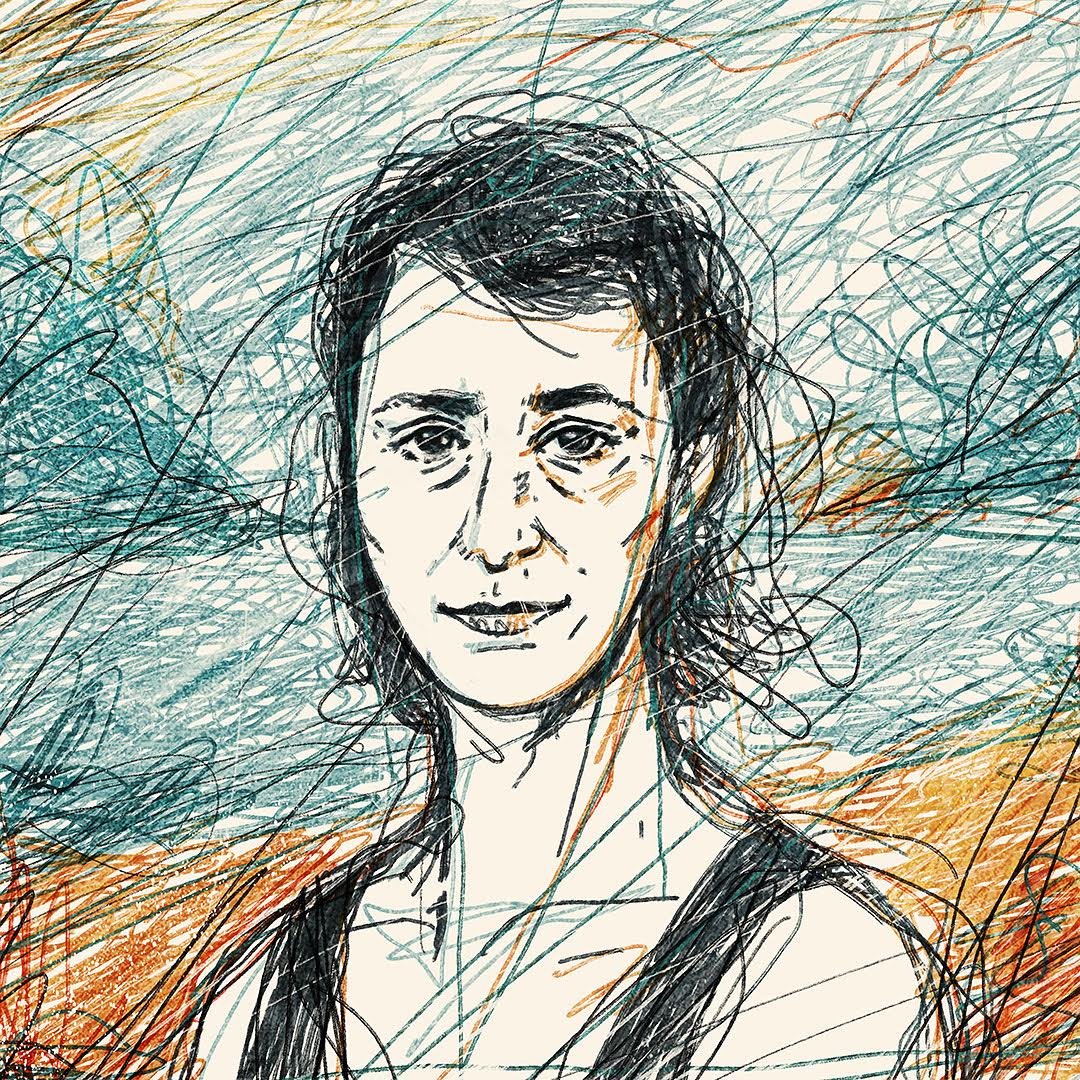Adrienne Surprenant
Illustration by Oleg Andreyev
From the start of Russia’s brutal war in Ukraine, the bravery of photojournalists has allowed us to witness authentic events, often horrific in nature, as they unfold in real time. Canadian photojournalist Adrienne Surprenant is as courageous as they come. A member of MYOP, an international coalition of contemporary photographers, Adrienne’s work has been published in The Wall Street Journal and Le Monde. Since February 24th, 2022, she has spent most of her time in Ukraine documenting the war and its consequences. We had the honor to interview her:
Where are you now and are you safe?
I’m in Poland, waiting for my plane to head back home after a month of assignment for Le Monde in Kyiv. I am safe, yes, but conscious that people all over Ukraine are still suffering from blackouts, caused by Russia’s attacks. In frontline regions, people are not safe as buildings are pounded by daily shelling. Death has become an everyday affair. Soldiers maintain positions at the frigid front lines of war, and families remain separated.
Something that happened recently that you cannot stop thinking about?
In the first days of this reporting trip, I was photographing intimate scenes of the consequences of the blackouts, and met an old lady, who had only plastic on her windows. She was living in a building near the Irpin bridge, an early battle zone. All her windows were shattered in the shelling. It was freezing inside. And dark. She could not stop talking, and was visibly emotional. She said she feels like crying whenever she enters a room in the apartment, as if reminded of the destruction again for the first time. Her apartment was lit only from the light of a small candle. I keep thinking about this woman and her trauma and hoping she is not feeling so alone.
You have covered countless conflicts around the world. How is the war in Ukraine unique?
I’ve worked mainly in underreported countries where conflict lasts for many years, such as the Central African Republic and South Sudan. Ukraine is totally different in the sense that people abroad care more. I had never before heard so many people being able to quote names of cities, or recent developments in the conflict of a country I was working in.
It is incredibly hopeful to see people emphatic with a harsh reality that is not theirs. At the same time it’s frustrating that we’re not always inclined to care about atrocities in less prominent regions. I wish there were clearer engagement when it comes to following the international news. It’s important to take time to think about harsh realities experienced outside of our own. We also ought to reflect on how we can show acts of solidarity.
Can you please share one of your photos with us? What is it about this photo that makes it special?
This is Nadia Vassilenko, 71, the lady I told you about earlier. From the opulent fabric of the curtains and the massive dark wood furniture that she probably bought proudly with her husband, we get a glimpse of a peaceful past. Now, juxtapose that with her present upended reality, the thin plastic on the cold, broken windows, and the chilling absence of light. This woman lost what she spent her whole life building. And that is too common with too many Ukrainians.
Photo by Adrienne Surprenant for Le Monde.
Favorite Ukrainian food?
If we talk about traditional food, I would say homemade syrnyk, a sort of cheesecake, but rather different from the one you can eat in America. I was given a recipe by an elder last Easter, but have yet to attempt baking.
If we talk about everyday foods, I would say that hot dogs sold in all of the country's gas stations are an appreciated lifesaver when there is no time to sit and eat!
Special Thanks to Ippy Patterson for sponsoring this post.
Having fun reading our interviews? Please consider a contribution of any size here. Your funds will be spent on commissioning local creatives.


